INTRODUCTION…..
In 1980, the Deptt. of Environment was established in India. Later on it became the Ministry of Environment and Forests in 1985. EPA,1986 came into force soon after the Bhopal Gas Tragedy.

OBJECTIVE……
Objective is, to provide the protection and improvement of environment. In EPA, article 48A, specify that the State shall protect and improve the environment.
Also, to safeguard the forests and wildlife of the country. Acc. to sec 51(A) every citizen shall protect the environment. EPA is applicable to whole India, including J&K.
IMPORTANT TERMINOLOGY….
“Environment” It includes water, air, and land and the interrelationship which exists among and between water, air and land and human beings, other living creatures, plants, microorganism and property. “Environmental Pollutant” means any solid, liquid or gaseous substance present in such concentration as may be, or tend to be injurious to environment.
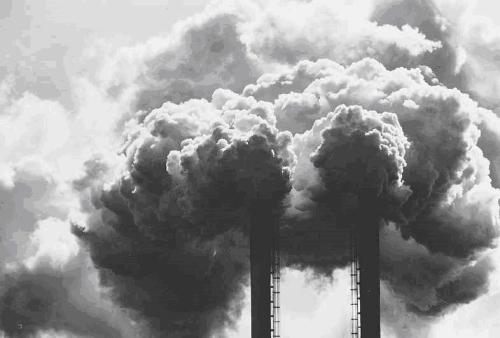
“Environmental pollutant” means any solid, liquid or gaseous substances present in such concentration as may be or tend to be injurious to environment and human being. “Hazardous Substance” means any substance or preparation which, by reasons of its chemical or physico-chemical properties, is liable to cause harm to human beings or other living creatures. “Handling” In relation to any substance, it means the manufacturing, processing, treatment, packaging, storage, transportation, use, collection, destruction, conversion, offering for sale, etc
“Environmental pollution” means imbalance in environment. The materials or substances when after mixing in air, water or land alters their properties in such manner, that the very use of all or any of the air water and land by man and any other living organism becomes lethal and dangerous for health. “Occupier” It means a person who has control over the affairs of the factory or the premises, and includes, in relation to any substance, the person in possession of the substance.
“Hazardous substance” means any substance or preparation which, by reason of its chemical or physico-chemical properties or handling, is liable to cause harm to human beings, other living creatures, plant, micro-organism, property or the environment.
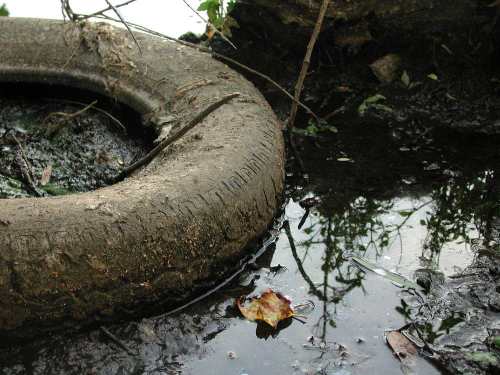
POWERS PROVIDED BY THE ACT TO CENTRAL GOVTT.….
To make rules to regulate environmental pollution; To notify standards and maximum limits of pollutants of air, water, and soil for various areas and purposes; Prohibition and restriction on the handling of hazardous substances, and location of industries (Sections 3-6).
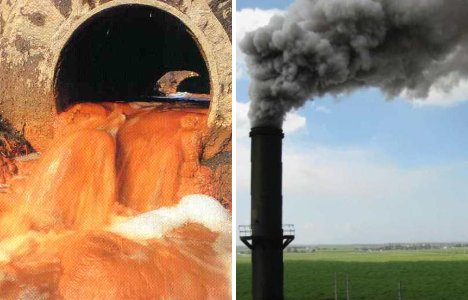
Under Sec (3): may constitute authority or authorities for the purpose of exercising of performing such of the powers and functions; Under Sec (4): may appoint a person for inspection; Under Sec (5): may issue directions in writing to any officers or any authority to comply; Under Sec (6): it empower the government to make rules to achieve the object of the Act.
Under Sec (7): persons carrying on industry, operation etc. not to allow emission or discharge of environmental pollutants in excess of the standards; Under Sec (8): persons handling hazardous substances must comply with procedural safeguards.
PENALITY….
Whoever Person found to be the cause of pollution, may be liable for punishment for a term which may extend to five years or with fine which may extend to one lakh rupees or both (Sec 15, 16, 17). If not comply fine of Rs. 5000 per day extra, still if not comply for more than one year, then imprisonment may extend up to 7 years.
Section 17 specifies that Head of the department/ incharge of small unit may be liable for punishment if the owner /occupier produce enough evidence of innocence. The state govtt. have power to close or cancel or deny the authorization to run the factory/institution/hospital whichever is causing pollution.
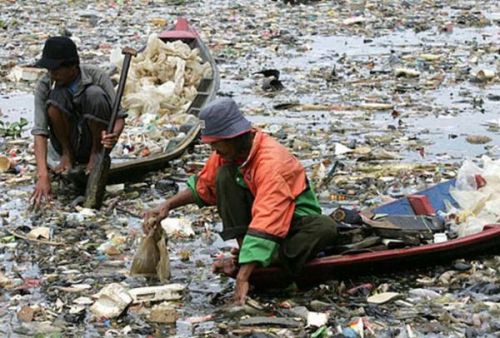
ENVIRONMENTAL LAWS….
Following is a list of the environmental legislations that have come into effect: General, Forest and wildlife, Water, Air etc.
General….
1986 – The Environment (Protection) Act; 1986 – The Environment (Protection) Rules; 1989 – The objective of Hazardous Waste (Management and Handling) Rules; 1989 – The Manufacture, Storage, and Import of Hazardous Rules; 1989 – The Manufacture, Use, Import, Export, and Storage of hazardous Micro-organisms/ Genetically Engineered Organisms or Cells Rules; 1991 – The Public Liability Insurance Act and Rules and Amendment, 1992
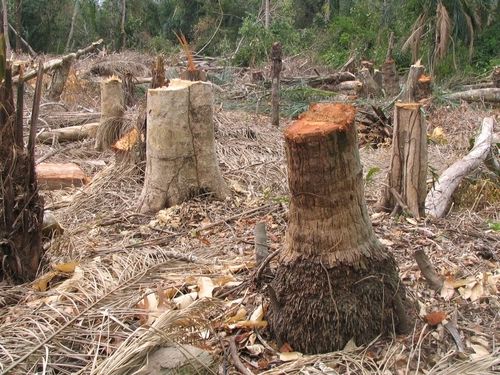
FOREST AND WILDLIFE….
1927 – The Indian Forest Act and Amendment, 1984; 1972 – The Wildlife Protection Act, Rules 1973 and Amendment 1991; 1980 – The Forest (Conservation) Act and Rules, 1981.
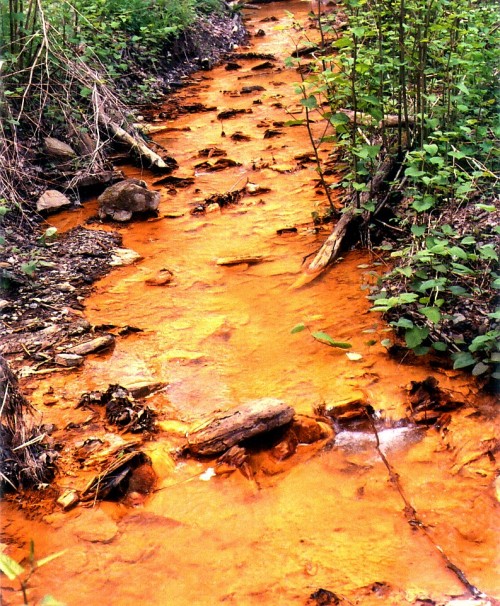
WATER….
1882 – The Easement Act ; 1897 – The Indian Fisheries Act ; 1956 – The River Boards Act ; 1970 – The Merchant Shipping Act ; 1974 – The Water (Prevention and Control of Pollution) Act ; 1991 – The Coastal Regulation Zone Notification.
AIR….
1948 – The Factories Act and Amendment in 1987 ; 1981 – The Air (Prevention and Control of Pollution) Act ; 1982 – The Air (Prevention and Control of Pollution) Rules ; 1982 – The Atomic Energy Act ; 1987 – The Air (Prevention and Control of Pollution) Amendment Act ; 1988 – The Motor Vehicles Act.
No comments:
Post a Comment